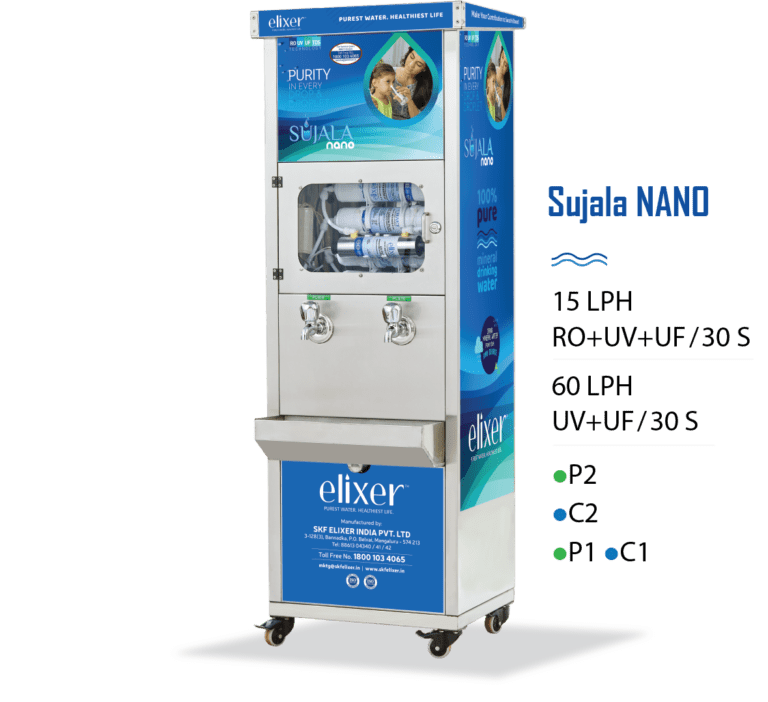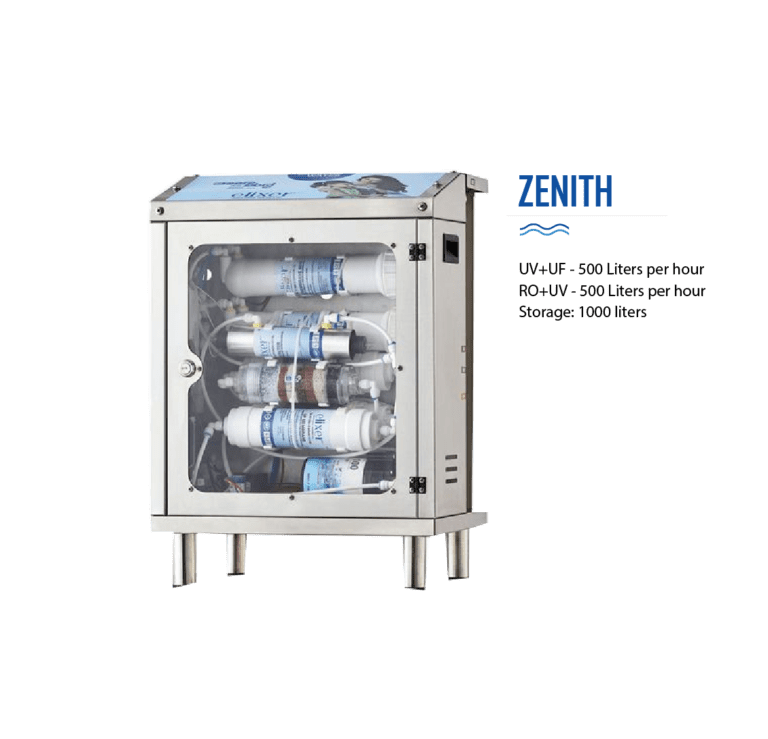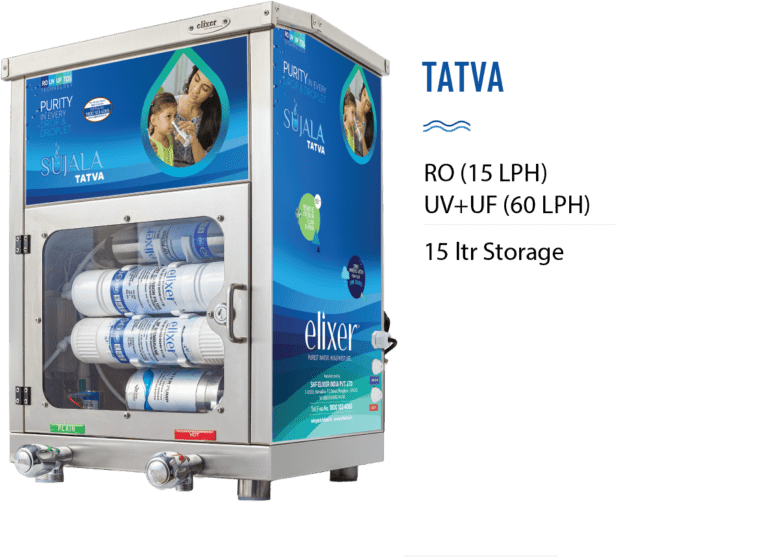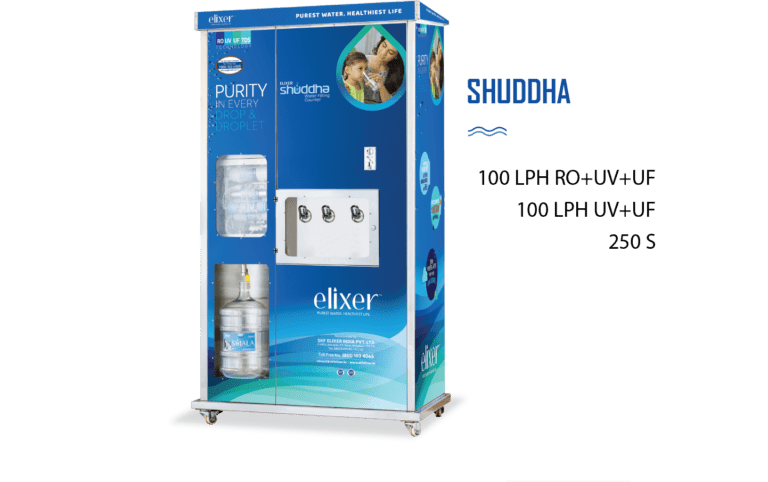Table of Contents
Urban India, home to over 470 million people, relies on intricate water distribution networks to deliver essential hydration daily. Yet, aging infrastructure, much of it installed decades ago, compromises this vital resource, introducing contaminants that threaten public health and daily life.
In cities like Mumbai and Delhi, where water demand reaches 5,000–10,000 million litres per day, old piping systems silently degrade quality, leading to widespread concerns. At SKF Elixer, we provide reliable safe water solutions through our advanced water purifiers, engineered to counteract these urban water infrastructure issues and restore purity at the point of use.
This blog examines how old piping systems impact water quality, the associated risks, and practical remedies for households and communities. Whether you’re a resident in Kolkata facing rusty taps, a municipal planner in Chennai, or a family in Hyderabad, our insights will illuminate paths to cleaner water in India’s bustling cities.
Urban Water Infrastructure Issues in India
India’s urban water piping supply systems, often built in the 1950s–1990s, span thousands of kilometres of pipes serving millions. Reports suggest that in Delhi alone, 20,000 kilometres of pipelines deliver 3,800 million litres daily, but 40–50% leakage rates waste 1,500–1,900 million litres, costing ₹5,000–₹10,000 crore annually in losses.
Aging pipes, corroded by time and pressure, contribute to contamination, affecting 60% of urban households. The Central Pollution Control Board reports that 70% of urban water sources are polluted, exacerbated by infrastructure decay, leading to health expenses of ₹50,000 crore yearly nationwide.
Common problems include leaks allowing bacterial ingress, rust flaking into supplies, and chemical leaching from pipe materials. For a city of 1 million, this means 100–200 million litres of compromised water daily, risking outbreaks costing ₹5–10 lakh per incident. SKF Elixer’s water purifiers address these at the endpoint, ensuring safe consumption despite systemic flaws.
Problems With Old Water Piping and How They Degrade Water Quality
Old urban pipes use materials prone to degradation:
- Galvanized Iron (GI) Pipes: Common in pre-1990 installations, these zinc-coated iron pipes rust internally after 20–30 years, releasing iron particles (0.5–2 mg/L) that discolour water and impart a metallic taste. In Mumbai’s 50-year-old networks, rust elevates iron levels beyond BIS limits (0.3 mg/L), causing 10–20% turbidity increase.
- Cast Iron Pipes: Used in older mains, these corrode, forming rust scales that harbour bacteria, adding 1–5 mg/L iron and fostering biofilms. Delhi’s cast iron pipes, spanning 10,000 kilometres, contribute to 30–40% bacterial contamination in taps.
- Asbestos Cement (AC) Pipes: Prevalent in 1960s–1980s systems, these leach asbestos fibres (0.1–1 million fibres per litre) when cracked, posing inhalation risks during water use.
- PVC Pipes (Early Versions): Non-food-grade PVC from the 1980s leaches vinyl chloride (0.001–0.01 mg/L), a carcinogen, especially in hot climates.
For a household drawing 200 litres daily, these materials introduce 100–500 grams of contaminants yearly, degrading taste and safety, with replacement costs for a 100-metre stretch at ₹50,000–₹1 lakh.
Risks of Lead, Rust, and Bacteria in Aging Pipelines
Aging pipes pose multifaceted risks such as:
- Lead Leaching: In older lead-soldered joints or brass fittings, lead levels reach 0.01–0.05 mg/L (above BIS 0.01 mg/L), causing neurological damage in children. In Kolkata, affecting 5 million residents, this leads to 1,000–2,000 cognitive impairment cases annually, costing ₹10,000–₹20,000 per child in medical care.
- Rust and Iron: Rust particles (0.5–2 mg/L) cause staining and gastrointestinal issues, with treatment costs of ₹2,000–₹5,000 per case. In a city like Chennai, rust affects 40% of supplies, fostering anaemia risks from iron overload.
- Bacterial Growth: Cracks and corrosion create niches for E. coli and Salmonella (100–1,000 MPN/100 mL), causing diarrhea outbreaks. Nationwide, 20 million cases yearly cost ₹5,000–₹15,000 per treatment, with aging pipes contributing 30–50%.
- Chemical Interactions: Chlorine in municipal water reacts with rust, forming trihalomethanes (0.05–0.1 mg/L), linked to cancer risks costing ₹15,000–₹30,000 in long-term care.
For a family of four, exposure risks 500–1,000 illness days annually, totaling ₹20,000–₹50,000 in expenses. SKF Elixer’s RO purifiers remove 95–99% of these contaminants, mitigating risks.
Water Contamination from Old Pipes: Real-World Impacts
In cities, old pipes cause:
- Turbidity and Discolouration: Rust increases turbidity to 5–10 NTU (above BIS 1 NTU), affecting 50% of Delhi households and reducing water palatability.
- Pathogen Ingress: Leaks introduce sewage bacteria, with 20–30% of urban samples failing coliform tests, leading to typhoid outbreaks costing ₹5–10 lakh per 1,000 cases.
- Economic Burden: Infrastructure decay wastes 40% of water (1,500 million litres daily in Mumbai), inflating bills by ₹1,000–₹2,000 monthly per household.
- Environmental Strain: Contaminated runoff pollutes rivers, costing ₹10,000 crore in remediation.
SKF Elixer’s purifiers, with multi-stage filtration, counteract these, ensuring clear, safe water.
Role of Water Purifiers in Tackling Contamination from Outdated Pipes
Water purifiers serve as a critical barrier:
- Sediment Filtration: Removes rust particles (2–5 microns), preventing 0.5–2 mg/L iron ingress.
- RO Membranes: Eliminate lead (99% removal) and bacteria, reducing TDS from 500–1,000 mg/L to 50–150 mg/L.
- UV Disinfection: Kills 99.99% pathogens at 40 mJ/cm², countering bacterial risks.
- Activated Carbon: Adsorbs chemicals and odours, improving taste affected by rust.
For a 200-litre daily household, SKF Elixer’s systems prevent contamination, saving ₹20,000–₹50,000 annually in health and bottled water costs (₹20–50 per litre alternative).
Modern Piping and Filtration Systems: A Combined Approach
While upgrading pipes (GI to uPVC or HDPE) costs ₹50,000–₹1 lakh per 100 metres, purifiers offer immediate relief. Modern infrastructure uses corrosion-resistant materials, reducing leaks by 30–40%, but in India’s 50,000-kilometre urban networks, full replacement takes decades. SKF Elixer’s purifiers complement upgrades, with monitoring for quality checks.
Future of Urban Water Infrastructure: Upgrades and Sustainable Solutions
Future solutions include:
- Smart Pipelines: Sensor-equipped HDPE pipes detect leaks, saving 20–30% water (₹5,000 crore annually nationwide).
- Decentralized Purification: Community RO plants (5,000 litres/day, ₹1–2 lakh) serve 1,000 people, reducing pipe dependency.
- Sustainable Materials: Bio-based plastics cut contamination risks, aligning with Swachh Bharat Mission.
- Policy Integration: Jal Jeevan Mission allocates ₹3.5 lakh crore for upgrades, emphasizing endpoint filtration.
SKF Elixer’s systems support this, with units for sustainable urban water.
SKF Elixer’s Safe Water Solutions for Cities
Our purifiers address urban challenges:
- Household RO Units: 50–100 litres/day, remove 99% lead/rust, saving ₹20,000–₹50,000 annually in Kolkata homes.
- Community Systems: 500–1,000 litres/day, serve apartments in Hyderabad, preventing outbreaks costing ₹5–10 lakh.
- Compact Models: Weigh 20–30 kilograms, with AMCs ₹2,000/year, ideal for space-constrained cities.
Why Choose SKF Elixer Water Purifier?
With expertise in Indian conditions, SKF Elixer delivers BIS-certified purifiers countering pipe contamination. Options and support make them accessible.
Conclusion
Old piping systems erode water quality in cities, introducing risks mitigated by SKF Elixer’s advanced purifiers. Embrace our solutions for safe, reliable water amid urban challenges.
Ready to protect your water? Contact SKF Elixer today.
FAQs
-
1. What common materials in old piping degrade water quality?
Galvanized iron rusts (0.5–2 mg/L iron), cast iron harbours bacteria, and asbestos cement leaches fibres (0.1–1 million/L), affecting 50% of urban supplies like in Mumbai and costing ₹5,000–₹10,000 per household annually in health issues.
-
2. What are the risks of lead, rust, and bacteria in aging pipelines?
Lead (0.01–0.05 mg/L) causes neurological damage (₹10,000–₹20,000/child), rust gastrointestinal problems (₹2,000–₹5,000/case), and bacteria outbreaks (₹5–10 lakh/1,000 cases), impacting 60% of urban households.
-
3. How do water purifiers tackle contamination from outdated pipes?
SKF Elixer’s RO removes 99% lead/rust, UV kills 99.99% bacteria, ensuring BIS-compliant water (TDS 50–150 mg/L) and saving ₹20,000–₹50,000 annually per family in Delhi.
-
4. What is the future of urban water infrastructure regarding upgrades?
Smart HDPE pipes reduce leaks by 30–40% (₹5,000 crore savings nationwide), with Jal Jeevan Mission’s ₹3.5 lakh crore investment, complemented by endpoint purifiers like SKF Elixer’s for immediate safety.
-
5. Why are modern piping and filtration systems essential for cities?
Modern uPVC pipes cut corrosion, while purifiers like SKF Elixer’s (₹15,000–₹2 lakh) remove contaminants, preventing 40% water waste and health costs of ₹50,000 crore yearly in urban India.
Good reads are meant to be shared









